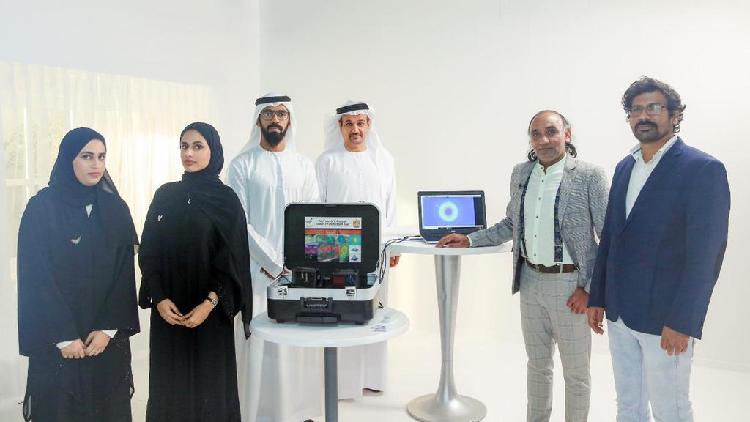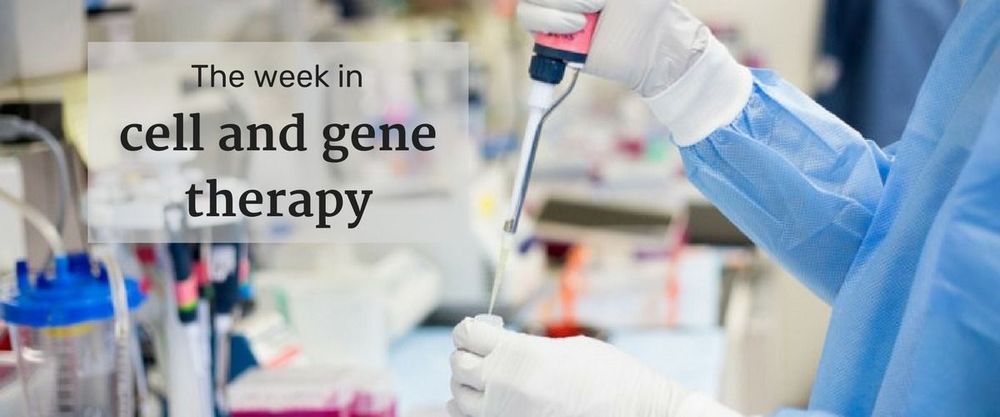A team of quantum physicists from a UAE-based research lab has developed a rapid laser test to detect COVID-19 patients, which can reduce the testing time to a few seconds with an accuracy rate of 85–90 percent and has the potential to replace the current nasal swab and blood tests that take several hours to process.
QuantLase Imaging Lab, the medical research arm of the Abu Dhabi-based International Holdings Company, in a press statement said that the rapid test uses a novel equipment which enables for much faster mass screening, with test results available in seconds and allowing testing on a wider scale including in public places.
The test uses laser to detect changes in the blood that could identify carriers before they become contagious and will cost as low as 100 dirhams (193 yuan, 27 U.S. dollars), according to researchers involved with the project.









